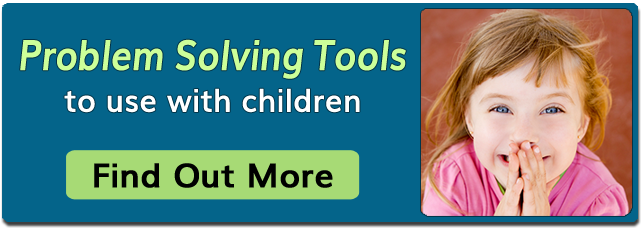
”I don’t feeeel good,” was the daily lament from one of my four-year-old students. Whatever ways we tried to distract Zoe and get her mind off her problems and into some fun learning, Zoe chose to sit and complain about vague physical ailments.
Verifying with her parents that Zoe didn’t have any pathological reasons for her complaints, I tried to think of ways to help Zoe focus on something she considered interesting. My attempts to find activities that Zoe enjoyed left me empty-handed. Zoe, though, did like to sing and joined in anytime singing occurred in our classroom.
Books, such as Success Through a Positive Mental Attitude by Napoleon Hill and How to Win Friends and Influence People by Dale Carnegie, comprised part of my childhood family library. Projecting PMA (positive mental attitude) was a non-negotiable item for my father. Watching my dad shave and repeat positive affirmations form some of my earliest memories. The only kind of w(h)ine my father liked was in a bottle, and I’ve learned to appreciate that vintage wisdom.
Needless to say, Zoe’s downbeat attitude seemed ripe for change with PMA.
In the years B.C. (before children), I worked on the same floor as sales training for the Combined Insurance Company, founded by W. Clement Stone, an early proponent of PMA. During training sessions a cheer reverberated throughout the halls. ”I feel happy! I feel healthy! I feel wonderful!” Three times–with enthusiasm–the sales force cheered multiple times each day. I have to admit, just listening I felt better after each pep rally.
Back to Zoe. One morning, perhaps in frustration with Zoe’s incalcitrant attitude, a song bubbled from my imagination straight from those days of the PMA pep rallies. Mixed with some jazz hands, a plie, a turn, and…Voila! The Happy Song and Dance was born.
I feel happy, happy, happy. (with jazz hands)
I feel healthy, healthy, healthy. (plie with strong arms)
I feel happy, happy, happy. (with jazz hands)
I feel wonderful. (turn with jazz hands)
One more time (repeat three times or until PMA appears with smiles and giggles.)
Like a thirsty camel to an oasis, Zoe joined in and…smiled…and laughed. After that first singing activity, Zoe spent the next hour complaint-free, and she chose to engage in a learning activity for the first time in nine weeks of class. For Zoe, every day with the Happy Song helped her have a happy day.
The Happy Song and Dance remained on my list of ”songs to be sung everyday” for many years. For Zoe, The Happy Song seemed to be the PMA tool that helped her move out of her downward spiral of self-absorbed complaining.
Here’s a belated thank you to Combined Insurance Company and their PMA for provided the words to help one off-course little girl, and many others, move in a direction to be happy, healthy and wonderful.
Hear me sing The Happy Song here.


Absolutely love this and plan on sharing and using! What a great idea for having a PMA; we certainly all could use a little more of this! #gethappy #singasongdanceadance
Angie,
Have fun singing!
What a wonderful idea. I enjoyed listening to this simple song and plan to use it. Thanks, Maren
Sunila,
You’re welcome. Have fun!
Once more, thank you Maren, very inspiring. I had never heard of the term “PMA”, but I have coincidentally been paying attention to what I call “the art of changing tracks” (like a vinyl record stuck in a tune going round and round…) , I will definitely check on the the book recommendation. Children can help us to learn and develop us so much, and there with become better parents and persons hopefully;-)
Paula,
Wonderful!